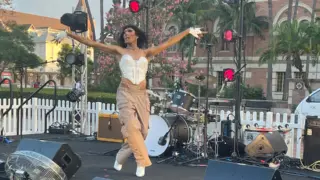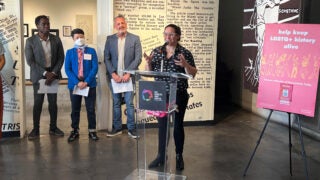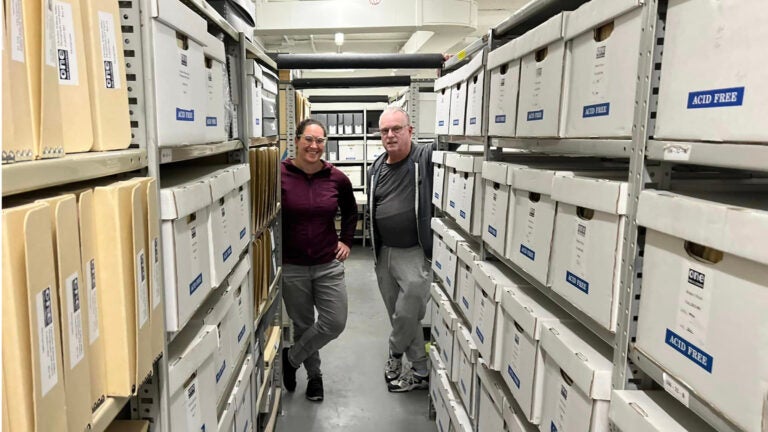
ONE Archives curator Alexis Bard Johnson and volunteer Rick Mechtly stand amid the boxes. (USC Photo/Greg Hernandez)
ONE Archives at the USC Libraries reopens its doors to the public
After extensive renovations, the world’s largest repository of LGBTQ+ materials opens with Blood Baby, an exhibition celebrating queer kinship, radical gender performance and belonging.
Rick Mechtly, a volunteer with ONE Archives at the USC Libraries, was back behind the scenes last week getting incoming files of LGBTQ+ historical materials sorted — something he’s been doing since 1999.
“I’m a digger and a finder of things, and there’s a lot of wonderful history to be dug up,” Mechtly said as he stood among neat stacks of boxes filled with donated materials. “In every one of these file folders there are thousands of possibilities.”
Mechtly, other volunteers and the seven-member staff at ONE Archives have been busy preparing for this week’s long-awaited reopening of the largest repository of LGBTQ+ materials in the world. The two-story building at 909 W. Adams Blvd. has been closed to the public for nearly two years due to extensive renovations.
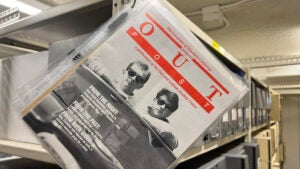
Founded in 1952 and a part of USC Libraries since 2010, ONE Archives houses millions of archival items, including periodicals, books, films, videos, audio recordings, photographs, artworks, organizational records and personal papers.
“It has definitely been hard on all of us to not be open,” ONE Archives curator Alexis Bard Johnson said. “Queerness, in some capacity, is more visible now, but there’s also lots of backlash. To have our space be open for research and to have exhibitions and programs that bring people together is just continually important.”
The renovations to the two-story building include the addition of an elevator, enhanced lighting in research areas and the installation of a central air and heating system. There is also an expanded outdoor space for special events and gatherings.
Blood Baby exhibition at ONE Archives explores queer families
The indoor exhibition space and outdoor area will immediately be put to use with Thursday’s opening of the Blood Baby exhibition, a celebration of queer kinship, radical gender performance and belonging. The weeklong event, presented by USC Visions and Voices, portrays the queer family experience through dance performances, interactive sculpture, readings and community events.
‘BLOOD BABY’
- Where: ONE Archives at the USC Libraries, 909 W. Adams Blvd.
- When: Jan. 25-31 (detailed schedule online)
- Admission: Free, but reservations are required for some portions
The exhibition will also explore gender-nonconforming identities, sex positivity and trans voices through the weaving together of choreography by artist Meg Foley, video installation by Carmichael Jones, scenic design by Rabbit AL Friedrich and fiber art by Jesse Harrod.
“It will bring people back into the building,” Johnson said of the event, adding that the space is once again open for research, art exhibitions and community interaction. “Our hope is that students and community members will think about how we all got here and what our familial relationships are. What does it mean to exist in some way outside the norms?”
Materials are local, national and international
ONE Archives houses more than 700 archival collections that have been collected and donated over the decades. They include personal papers from activists, artists and ordinary citizens, as well as records from LGBTQ+ political, social, educational and cultural organizations.
The archives continue to grow every year and now consist of millions of items, including more than 13,000 periodicals, 21,000 videos, 30,000 books and monographs, and 4,000 artworks and various ephemera. While the materials are national in scope, there is a special focus on LGBTQ+ histories in the Los Angeles region. The archives also include a number of international materials, such as books, periodicals and posters.
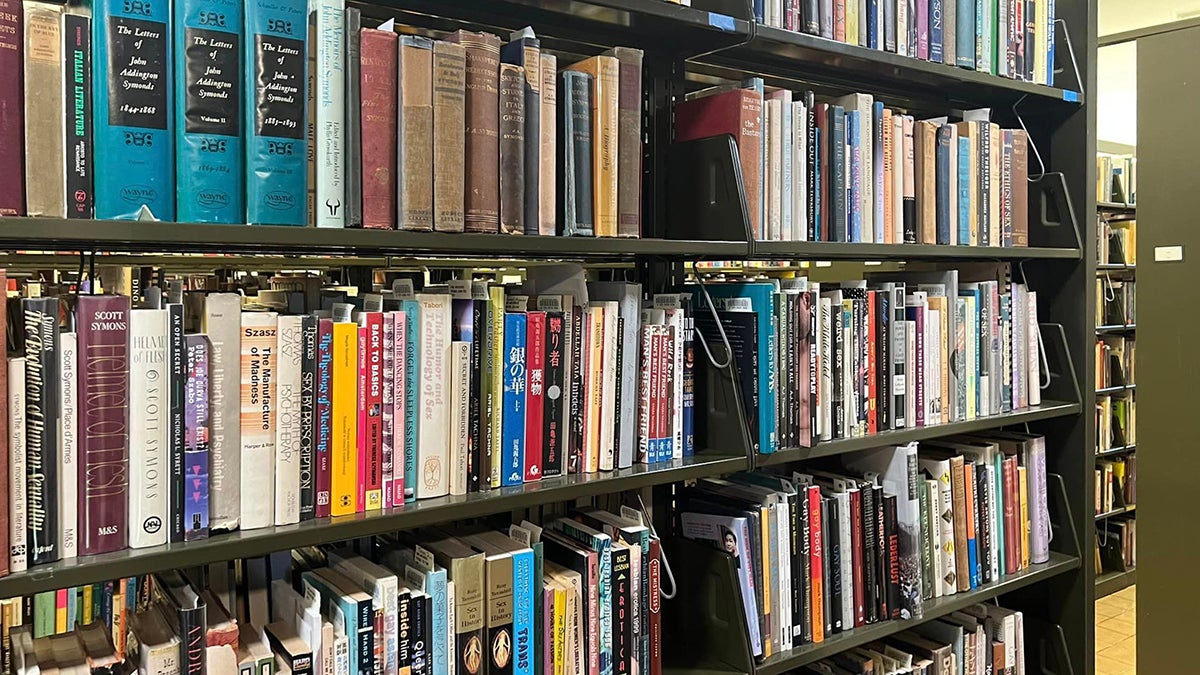
“It’s special when we bring people in for tours and we take them behind the scenes into the stacks, into the collections,” Johnson said. “They see how vast it is, how many boxes of materials we have. If you’re queer, you can say, ‘This is part of my history.’ There are so many gems — something for everybody.”
Unique to ONE Archives is its extensive subject files collection, which is organized by people or topics. The more than 11,000 subject files and 43,000 cross-references enable researchers to find things they probably wouldn’t be able to locate anywhere else, including newspaper clippings, journal and magazine articles, brochures and other printed materials.
All items at the archives are non-circulating, so they are usually available on the day of the request. To do research at ONE Archives, visitors must make an appointment online in advance, but appointments are not needed to view most exhibitions.
“We pride ourselves on being as welcoming and open and accepting as possible,” Johnson said. “If someone hasn’t done research before but is interested, we will help them. If they don’t know exactly what they are looking for, we will help them.”
ONE Archives’ steadfast volunteer
Mechtly, 73, describes himself as “a wannabe librarian.” He typically comes in twice a week but will add a third day “if I get wild about a project.”
He estimates he helped unpack at least 50% of the boxes when ONE Archives moved to its current location — “and the room was filled to the ceiling with boxes,” he said.
Mechtly now keeps the subject files up to date as new material arrives and gets credit for organizing the archives’ substantial treasure trove of foreign-language magazines. That task involved Mechtly researching several languages to be able to translate the many titles.
“I was fascinated by these different sources of materials,” he said. “I’ve stayed involved because of the richness of the culture and the importance of the materials.”

